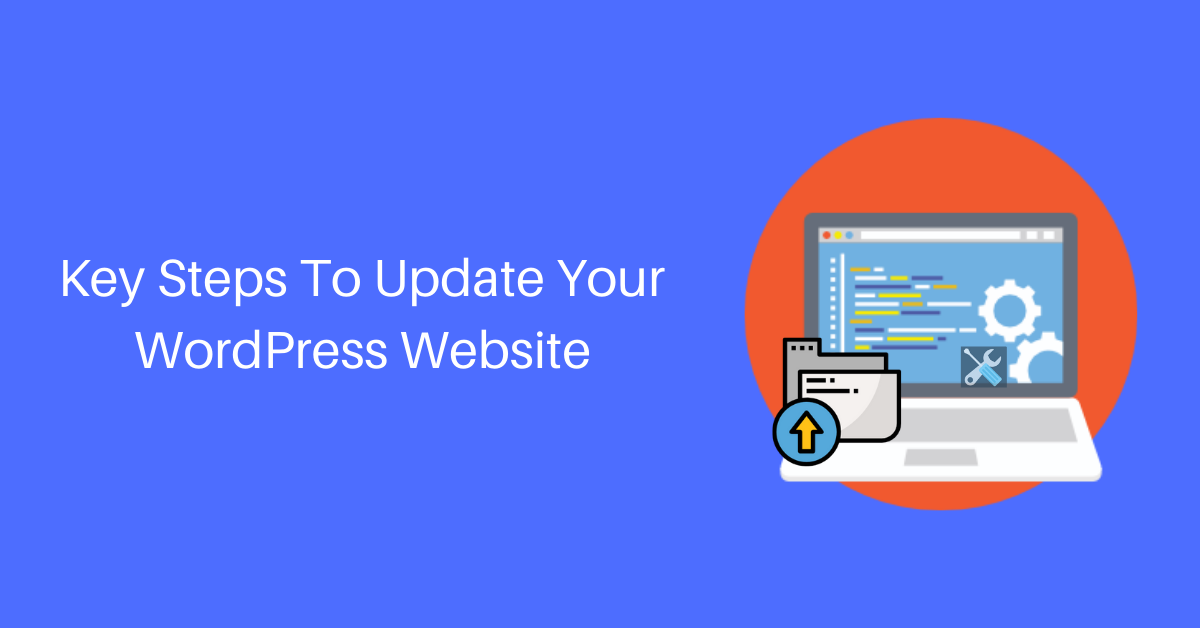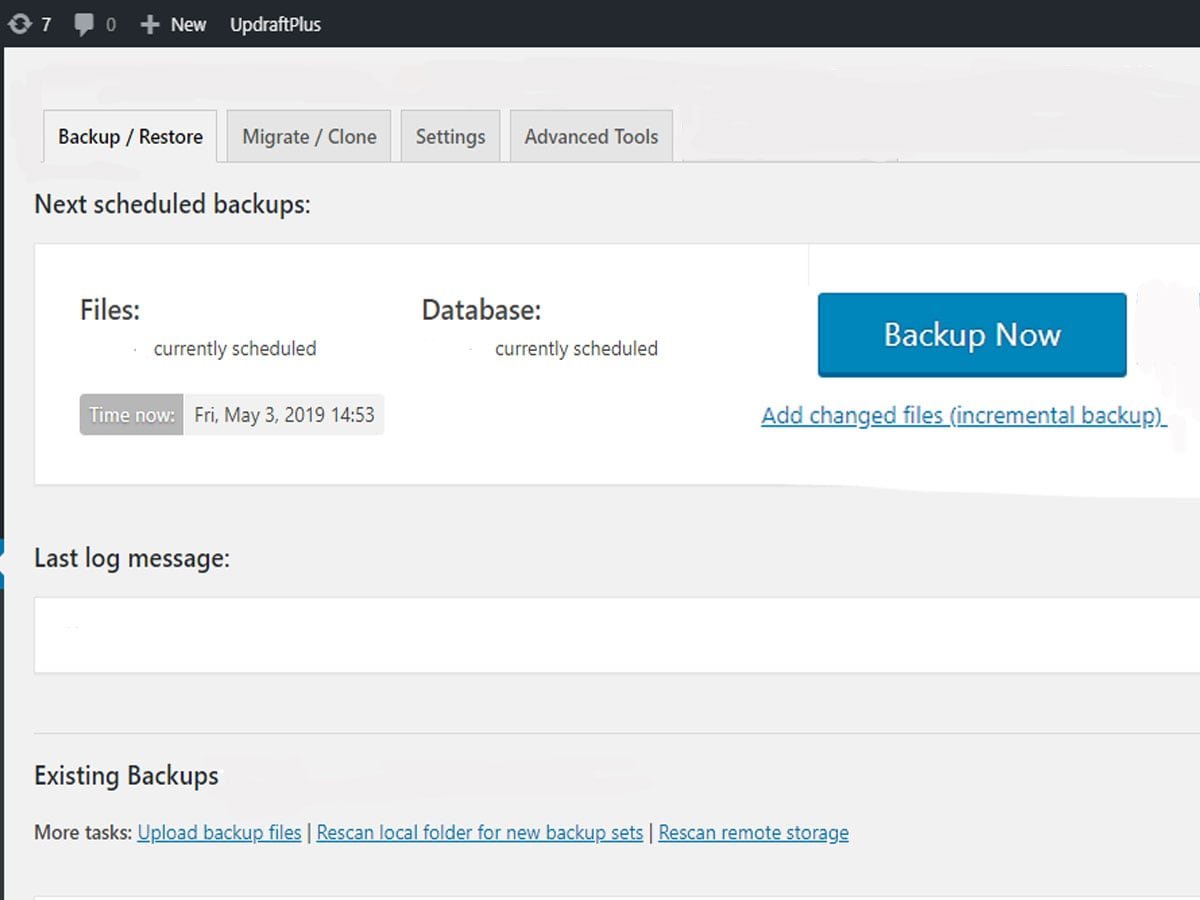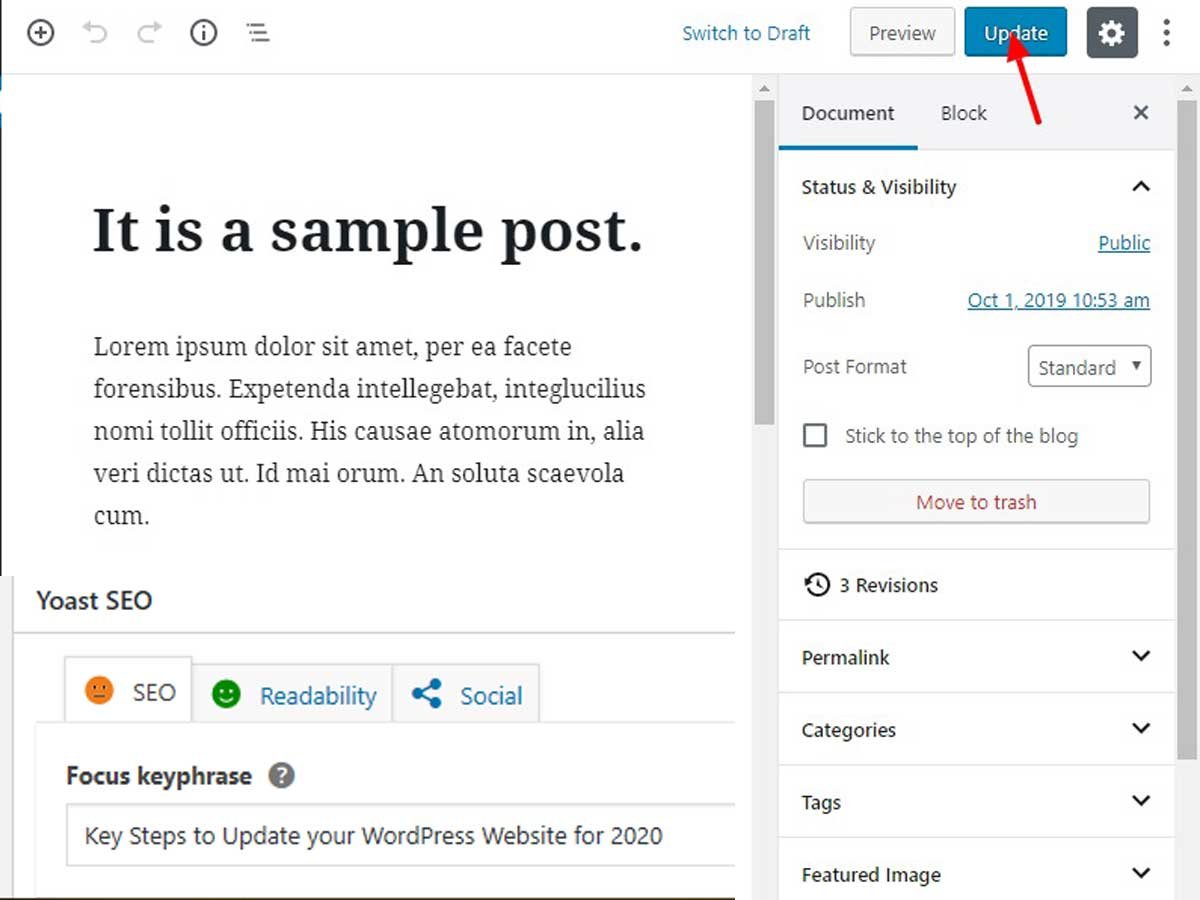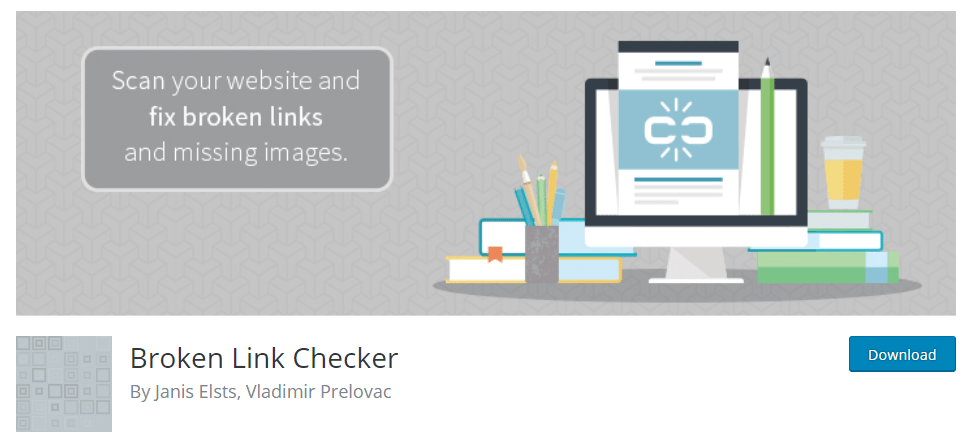Key Steps to Update your WordPress Website for 2025

With the new year approaching, it’s time to update your WordPress and bring out the best of your website. In this blog, we are going to be talking about why updating your WordPress website is important, how to prepare for updates and how to safely update your WordPress website. We’ll be touching every aspect that you might need to get started with your renovations.
So let’s get started.
Why Regular Updates Matter for your WordPress
Security improvements
Security is very important, especially if you have various themes and plugins for your website. With updating your core and other extensibles of the website, you will greatly improve the security of your site. Regular updates patch any vulnerabilities in your site, keeping it safe from hackers and malware attacks.
Enhanced performance
Regular updates bring speed optimizations and numerous bug fixes to the latest versions of WordPress. This will enhance your website’s performance in accordance with the speed, functionalties and overall performance.
Access to new features
You can also be accessed to exciting new features from the regular updates. You can stay competitive by leveraging new tools and capabilities introduced in new updates.
Prepare before Updating
Create a Backup

Backup is an important key step to updating your WordPress website. Backup is the first line of defense against any security threats. Creating backups enables you to quickly recover and restore your website. Your hosting provider only backups your database. So, you have to back up all your files, images and content and store it somewhere safe.
Check Compatibility of your themes and plugins
One of the important things that you have to do before you update your WordPress core is check the compatibility of themes and plugins with the new updates. Many issues can arise if your themes or plugins are not in harmony with the WordPress core, resulting in your site’s crashing and many other problems.
One of the things you can do is check the version you’re plugin or theme is tested up to from your themes page at WordPress.org. Also, you can install “theme-checking” or “plugin-checking” plugins to check the compatibility of installed extensibles.
Perform Maintenance
You can check the theme and plugins installed on your site to ensure it is up-to-date and functioning perfectly. All you have to do is make sure that the technical aspect of your site is functioning correctly and efficiently. Uninstall and repair the plugins that aren’t working and switch to a new and better one.
Now, Perform Updates
Update your WordPress Core
Start with updating the main WordPress system to leverage the latest security and features. WordPress releases the updates periodically. Just keep your attention on the dashboards and notifications to quickly get the updates.
Pro Tip: Do not update your WordPress system as soon as they are freshly released. Sometimes your plugin or theme developers update their products later than WordPress, which can cause issues and compatibility problems.
Check out this blog to safely update your WordPress website.
Update your associated WordPress themes and plugins
After you’ve updated your core system, now go to the Themes or Plugins tab to check for any available updates. If the updates are being delayed, connect with their developers to ask for an update. Make sure to keep your backups ready before updating any tools.
Check and fix any issues found
After you’ve done renovating the core system, themes and plugins, it’s time to check for any issues that might be lingering in your website. Go through your website and find out if there are anomalies caused by the recent changes.
This step will help you catch up with any issues before your users and solve theme immediately, which in turn will keep your user’s sitewide experience untouched.
Update Your Blog and Keyword

Updating your content is a crucial aspect of keeping your website up to date. Updating your blog and keywords helps your post rank higher in search engines. You can find and replace SEO keywords that are no longer ranking. This new year, update all year-old blogs or simply write a new one. You can also prepare a scheduled blog post as well as change the published date of an old post.
Collect Feedback from Your Target Audience
Collective feedback from your target audience is another effective way to refresh your WordPress website. Users feedback is information and suggestions regarding their experience with your site. It can serve as a guide for improving user experience and traffic. Create a feedback survey form and ask your target audience to fill it out. After that, implement the feedback on your website to increase user engagement.
Perform a Link Audit

A double-check link is one of the best key steps to updating your WordPress website for 2020. The dead that are no longer working are called broken links. You should double check your website for any broken links, as it decreases both user experience and site rank. With the beginning of this year, you can check and fix broken links in WordPress.
Wrapping Up
To wrap up, these are the key steps to update your WordPress website for 2020. With the opportunities brought by the new year, you should update your website to improve performance. I hope you liked this article.
Follow us on Twitter and Facebook to get in touch with us.
You might also like to read these informative articles.